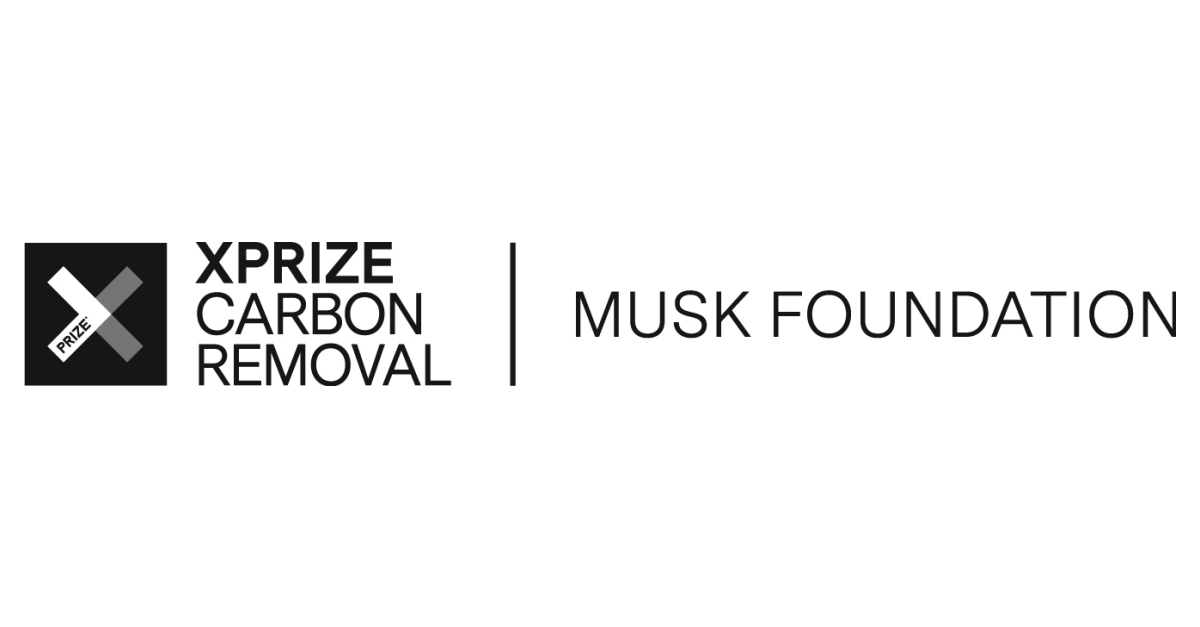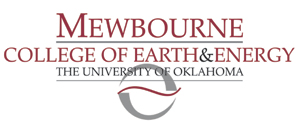
Bison Underground, a startup created by current and former students from the Mewbourne College of Earth and Energy at the University of Oklahoma, won a $250,000 award and seed funding for a research proposal in the XPRIZE $5 Million Carbon Removal Student Competition.
The award program, which is part of the $100 Million XPRIZE for Carbon Removal supported by the Musk Foundation, was launched to fund early-stage carbon removal concepts from the next generation of innovators.
Bison Underground’s $250,000 award will enable the team to design, build and test its prototype in Oklahoma for the next year in preparation for the main $100 Million PRIZE for Carbon Removal competition.

The team won for its revolutionary blueprint for an invention that would simultaneously reduce carbon in the atmosphere, redistribute carbon-rich nutrients into farmland and enhance agricultural yields.
The OU team is among 23 winners from 195 university-affiliated proposals and one of only five all-American teams. The 23 winning teams, representing 10 countries and 31 international educational institutions, will share the $5 million prize.
“Projects like this, which seek to harvest carbon from greenhouse gas emissions, are certain to play an important role in addressing climate change,” said J. Mike Stice, dean of the Mewbourne College of Earth and Energy. “I am so proud of this effort and others at the University of Oklahoma, as we collectively work on the solutions to reduce anthropogenic releases of greenhouse gases.”
Bison Underground is tackling climate change using carbon sequestration processes that not only remove carbon from the atmosphere, but restore agricultural soil quality to bolster global food security, encourage sustainable farming practices, provide economic opportunities for farmers, and limit harmful soil-additives. The team aims to return soil quality to what it was before 1940 and atmospheric carbon levels to what they were in 1990.

“As a geologist, I know how much untapped potential there is in soils when it comes to pulling carbon out of the atmosphere,” said Bison Underground founder and OU School of Geosciences Ph.D. student Steve Adams. “As someone with family history in farming, I also know how enhancing soil quality can improve agricultural productivity.”
Agricultural soils provide an enormous reservoir for carbon, but many conventional farming practices erode soil and release carbon back to the atmosphere.
“Our method provides a tool that rapidly increases soil carbon and organic matter,” said Adams.
The team hopes their unique approach will have a global impact for the environment and a local impact for farmers.
“With our approach, farming communities will benefit from healthier soils that return better yields and are more resilient against extreme weather, such as flood and drought. An agricultural transition to regenerative practices will ultimately promote crop diversity, healthy produce and food security for all.”
Bison Underground has received mentorship from the Tom Love Innovation Hub at the University of Oklahoma, including through its OK Catalyst Roadmap and Start-Hub programs, as well as the OU School of Geosciences in the Mewbourne College of Earth and Energy.
OU’s Bison Underground team launched three months ago by Adams, a U.S. Marine Corps veteran. The team brings together geologists, engineers, microbiologists and environmental scientists who share a passion for addressing climate issues.
Bison Underground team members:
· Steve Adams, team founder, OU Ph.D. student, geology, from Evansville, Ind.
· Alicia Bonar, OU Ph.D. student, geology, from Wheeling, W.Va.
· Cansu Floyd, OU Ph.D. student, geology, from Instanbul, Turkey
· Lily Pfeifer, OU Ph.D. alumna, geology ’20 and current post doc, from North Granby, Conn.
· Nina Webb, OU alumna, B.S. geology ‘19 and M.S. geology ’20, from Norman, Okla.
· Andrew Oordt, OU alumus, M.S. geology ’18, from San Antonio, Texas
· James Floyd, OU Ph.D. student, microbiology, from Warner Robins, Ga.
· J.D. Epperson, OU undergraduate student, environmental engineering, from Yukon, Okla.
· Zara Ahmed, Ph.D., Bison Underground team member, Waterville, Maine
· Alex Sodemann, Bison Underground team member, from Toledo, Ohio
· Akiva Gopalkrishnan, Bison Underground team member, from Mumbai, India
“I am incredibly proud of this team,” said Lynn Soreghan, director of the OU School of Geosciences. “Their success highlights the power of a diverse and multidisciplinary group to address critical problems of global importance.”
Adams believes the young team offers a unique advantage to a competition created to compel novel ideas.
“We bring a solid understanding of the technical aspects of the global climate crisis, bold ideas, a willingness to take risk, as well as a sense of urgency that older institutions may lack,” said Adams. “We’re willing to try new approaches, especially those that don’t just solve one issue but address multiple challenges, such as climate change, food insecurity, and an over-reliance on synthetic fertilizers.
Launched in April, XPRIZE Carbon Removal is the largest incentive prize in history. The $100 million, four-year global competition invites innovators and teams from anywhere on the planet to create and demonstrate solutions that can pull carbon dioxide directly from the atmosphere or oceans.
To win the grand prize, teams must demonstrate a working solution at a scale of at least 1,000 tonnes removed per year; model their costs at a scale of 1 million tonnes per year; and show a pathway to achieving a scale of gigatonnes per year in future, as validated by a third party. Any carbon negative solution is eligible: nature-based, direct air capture, oceans, mineralization, or anything else that achieves net negative emissions, sequesters CO2 durably, and shows a sustainable path to ultimately achieving gigatonne scale.
To be eligible for the Carbon Removal Student Competition, student teams needed at least 50% of their members to be currently enrolled in an educational institution with the support of an academic adviser or business leader able to act as a formal mentor. All submissions were reviewed by a panel of expert third-party judges who considered the innovation, ability to reach gigaton scale, team resources and capabilities as well as project plan feasibility in their selection process.
Source: OU release





